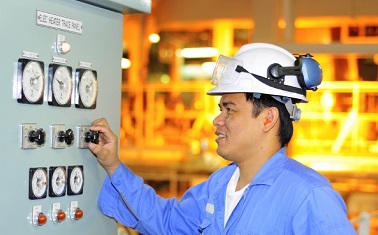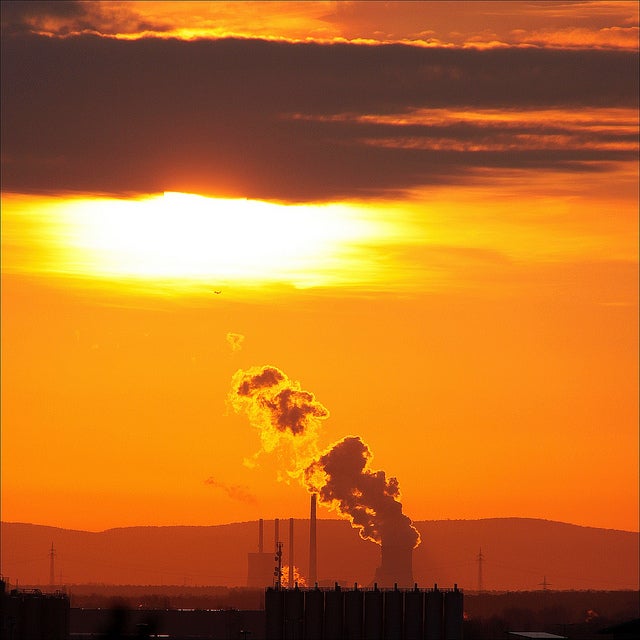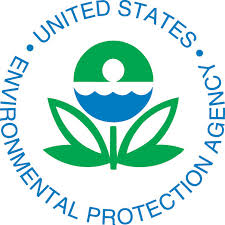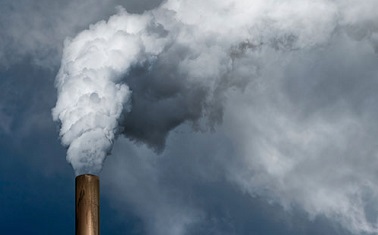This blog post was co-authored by Lauren Navarro, California Senior Manager, Clean Energy and Kate Zerrenner, an EDF project manager and expert on energy efficiency and climate change.
On June 2, the U.S. Environmental Protection Agency made a historic announcement that will change how we make, move and use electricity for generations to come.
For the first time in history, the government proposed limits on the amount of carbon pollution American fossil-fueled power plants are allowed to spew into the atmosphere.

There are two clear winners to comply with the plan while maintaining commitment to electric reliability and affordability: energy efficiency and demand response.
We’re already seeing pushback from some of our nation’s big polluter states, such as West Virginia and Texas. But the truth is that while the proposed limits on carbon are strong, they’re also flexible.
In fact, the EPA has laid out a whole menu of options in its Clean Power Plan – from power plant upgrades, to switching from coal to natural gas and adopting more renewable energy resources. States can choose from these and other strategies as they develop their own plans to meet the new standards.
That said, there are two clear winners on the EPA’s menu that offer low-cost options for states that seek to comply with the plan while maintaining their commitment to electric reliability and affordability: energy efficiency and demand response.
Energy efficiency our lowest-hanging fruit
Simply saving energy is the most cost-effective way to reduce demand and carbon pollution from power plants. The cheapest, cleanest and most reliable electricity, after all, is the electricity we don’t use.
The benefits of energy efficiency are vast. It helps people and businesses save money, it boosts job creation (as many as 274,000, one source estimates), and it reduces harmful power plant pollution.
From a utility perspective, energy efficiency improves the reliability of our electric grid and lowers costs for infrastructure maintenance.
Plus, in states such as Texas and California, which face extreme drought, energy efficiency can save scarce water sources. Remember that coal-fired power plants are thirstyand less water is consumed when these plants are used less (or not at all).
Half of the states already have mandatory energy-efficiency targets, so we have the knowledge and experience across the country to advance this undeniably beneficial resource.
Same as taking all cars off road
McKinsey & Co. estimates that by 2020, the United States could reduce its annual energy consumption by 23 percent by adopting energy-efficiency measures. This could save us more than $1 trillion dollars and cut greenhouse gas emissions by more than a gigaton—the equivalent of taking the entire U.S. fleet of passenger vehicles and light trucks off the road.
That’s why Environmental Defense Fund is working with policymakers, investors and utilities throughout the country to understand the full benefits of energy efficiency, and to explore paths for implementation, for when they’re crafting state plans under EPA’s new Clean Power Plan.
Demand response: everyone wins
Demand response is another way to introduce greater efficiency into the nation’s electricity system and help reduce carbon emissions. It’s an invaluable tool that can help conserve electricity when supplies run thin, and to bring more clean energy onto the grid.
On a hot summer day, for example, when electricity demand is high, utilities can ask permission of select customers to lower their thermostats a couple of degrees. In exchange, these customers receive credit on their next electricity bill.
It also helps utility companies better manage stress on the electric grid and it can help them integrate wind, solar and other renewables to replace aging coal-fired power plants.
Demand response relies on people, not power plants, to meet energy demand and reduce carbon pollution from our electricity sector.
Proven strategies
In Southern California, for example, they’re about to replace a large chunk of electric capacity – at least 550 megawatts – from the recently closed San Onofre Nuclear Generation Station with renewable energy, energy storage – and demand response. This will help minimize a need for gas-fired plants and other polluting facilities that might replace the nuclear plant.
Best of all, demand response is more affordable than building new power plants. In fact, if just 50 percent of Southern California Edison’s customers participated in time-of-use rates – a type of demand response program – energy demand would plummet so much that 66 percent of San Onofre’s former generating capacity would no longer be needed.
As a bonus, customers across the territory would also collectively see cost savings of $357 million, a 15-percent decrease.
As a result of smart decisions such as the one involving the San Onofre plant, California’s utility sector’s greenhouse gas emissions have and will continue to decline. This proves that demand response can and should be a core tenet in the nation’s push to diversify its energy mix and cut pollution in order to usher in a clean, sustainable and healthy future.
As EPA Administrator Gina McCarthy noted last week, these clean energy solutions are not new ideas. They’re based on proven technologies and approaches that “are already part of the ongoing story of energy progress in America.”
“We’re not doing cutting-edge work here, folks,” she said. “We are just opening the door to cutting-edge.”
This post first appeared on EDF Voices











 Old, dirty power plants will be retired
Old, dirty power plants will be retired EPA’s Clean Power Plan,
EPA’s Clean Power Plan, 
 What would you say if I told you that about three-quarters of what you spend on electricity every month is wasted? Considering that Americans spend about
What would you say if I told you that about three-quarters of what you spend on electricity every month is wasted? Considering that Americans spend about